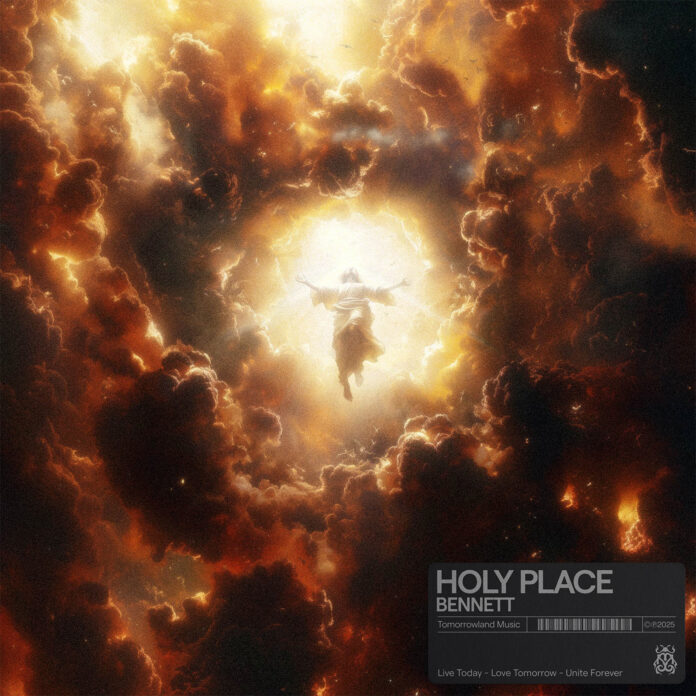Tokyo 24th Ward is a thought-provoking sci-fi anime series of the Winter 2022 anime season, taking place in an alternate timeline where advanced technology and bitter controversy are rocking Tokyo's 24th ward. Already, the citizens there are protesting the use of the ever-watchful Hazard Cast system, and things got even messier with the oppressive KANAE system.
But the KANAE system is more than circuitry and cutting-edge software. This system has a human soul in it: that of the deceased Suido Asumi, the same girl who Aoi Shuta failed to save during the elementary school fire in 2019. Asumi's human consciousness has blurred the line with machines, and that makes her the latest example of transhumanism in anime.
The Concept Of Transhumanism In Fiction & Real Life
The modern concept of transhumanism is all about the human body and mind surpassing natural limits with the aid of technology, often to become physically stronger, faster or more durable, among other features. Transhumanism is largely science fiction for now, although the human body has already been reshaped with technology in the real world, such as the use of increasingly sophisticated prosthetic limbs and, in theory, implants to restore vision. These examples of bodily augmentation are not quite full-blown transhumanism, however. Anime series such as Tokyo 24th Ward and Ghost in the Shell show what the real deal looks like.
In works of fiction such as Ghost in the Shell, a person may become more than human with the addition of software and hardware, blurring the line between humanity and machines, such as cyborgs and memory uploads. A physical transhumanist may have implants and prosthetic limbs to boost their physical performance, even including hidden firearms and other weapons inside the body, and they may mentally transcend humanity by placing their consciousness inside a machine.
In Ghost in the Shell, characters such as Motoko Kusanagi have their minds uploaded into physical computer brains that can be put into robot bodies, hence the series' title. The "ghost" is the human mind and the "shell" is the machine body. Someone who has undergone a memory upload is free of the limits of their former biological body, and they might even become immortal or interface directly with programs and artificial intelligence.
From there, philosophical and ethical debates set in, such as whether the person is truly "dead" or even if they are a human being at all by that point, and where exactly the line should be drawn. It's a sci-fi case of the ship of Theseus, where parts are removed and replaced until it's unclear if the end result is even the same item as the original or else something entirely new. Now, Tokyo 24th Ward is taking its turn exploring this concept.
Suido Asumi's Superhuman Abilities In Tokyo 24th Ward
While Shuta and his friends have the benefit of future vision implants in their eyes, these three boys' abilities are not full-blown transhumanism, and few anime fans would argue that Shuta, Koki and Ran have left their humanity behind. By contrast, the boys' childhood friend Suido Asumi has explored the full depths of transhumanism, and the characters of Tokyo 24th Ward argue about whether she is truly dead and what her role in the world should be, if any.
Recent episodes of Tokyo 24th Ward depict Asumi as a human mind uploaded into a vast computer network, the KANAE system, where Asumi is in torment. She feels lost and overwhelmed even when her consciousness is dispersed across the system, and when she sees her friends through the Hazard Cast system's mechanical eyes, her mind focuses on them and she can present them with "trolly dilemma" visions. However, it's not clear if this is truly Asumi or a digital recreation of her -- the echo of a dead girl.
The Suido Asumi depicted inside the KANAE system has the digital appearance of the late Asumi and the same memories and personality, but some would argue that this is just an artificial intelligence modeled after the real Asumi, whose mind is bound to her biological brain. On a spiritual level, fans could also argue that Asumi's soul can only inhabit either her body or the afterlife, and a soul cannot be inside a machine. If that argument is valid, then the Asumi inside the KANAE system is just a virtual approximation of the original, and Asumi is truly dead.
However, if that really is Asumi's mind after all, perfectly recreated with cutting-edge tech, then she has shed her mortal shell and become something more. She might even represent the next stage of evolution for the human mind, but based on her anguish and the controversy over the KANAE system, perhaps human evolution has already reached its peak and the next step is more trouble than it's worth. It seems that some lines were never meant to be crossed.
About The Author

